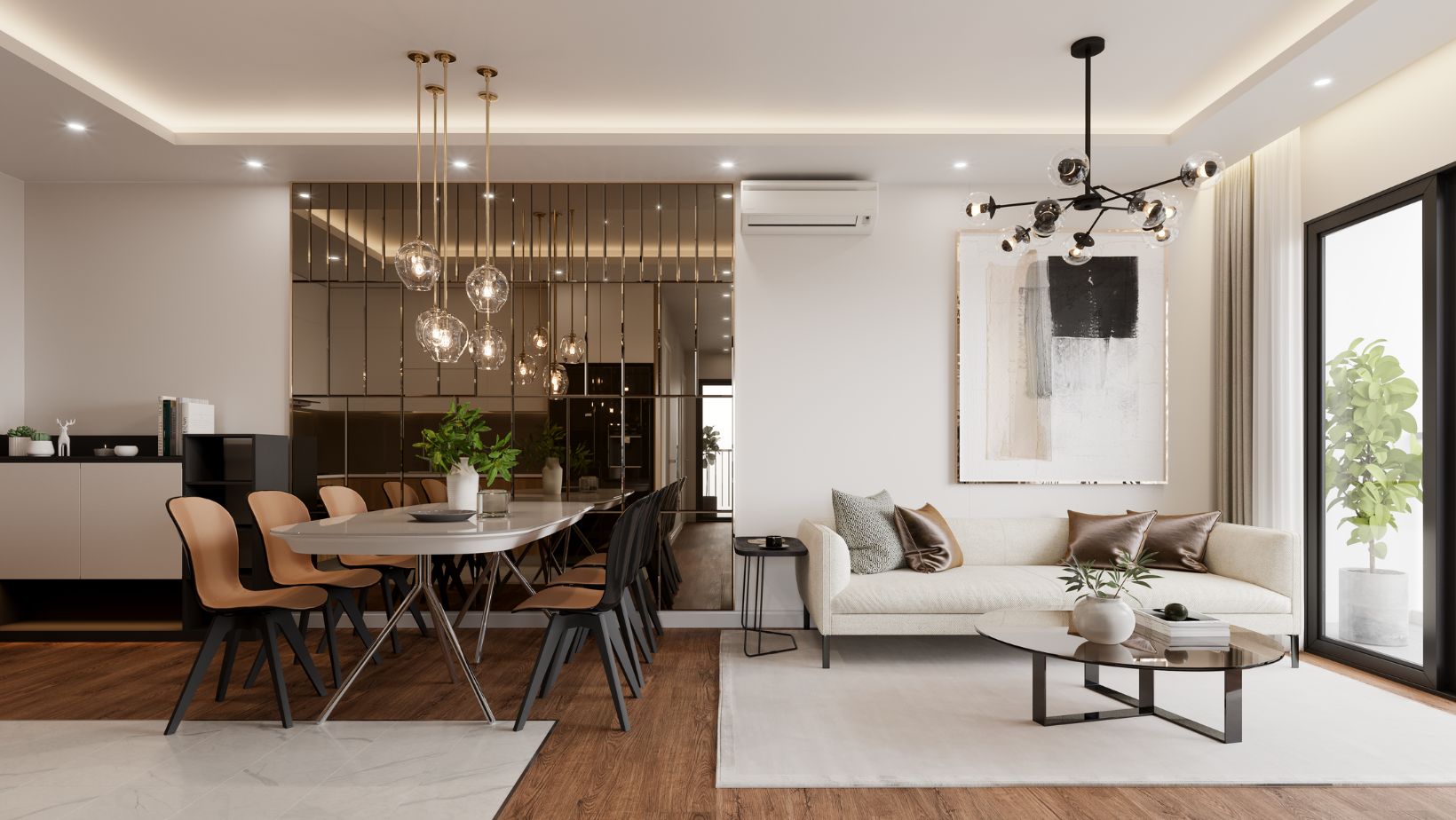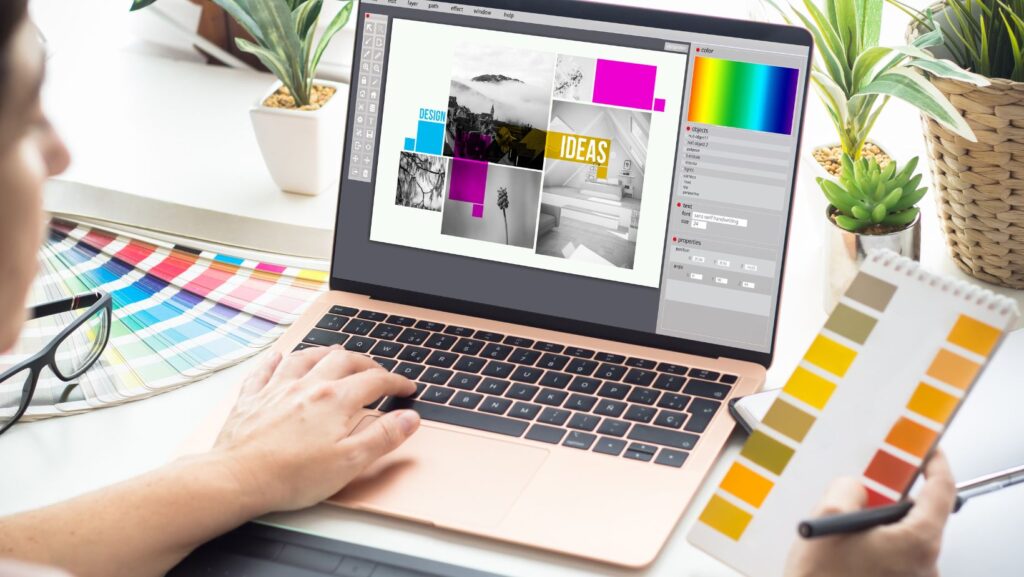You don’t need a luxury budget to have a space that feels high-end. With a few clever design choices and thoughtful styling, even a modest apartment can give off serious designer vibes — without draining your bank account.
The secret isn’t in fancy furniture or marble countertops. It’s about scale, texture, and visual balance. And if you’re planning some light updates, smart apartment renovations can completely shift the tone of your space, even with minimal work.
Here are some design tricks that can make your apartment look more expensive — without going over budget or tearing down walls.
Use Larger-Scale Art and Mirrors
One oversized piece of art or a tall mirror can create the illusion of space and give a room more presence. Small, cluttered frames tend to make things feel busy, but a single large item feels bold and deliberate.
Look for abstract prints, clean black-and-white photography, or even DIY canvas art in neutral tones. And don’t forget mirrors — they reflect light and open up tight areas, especially in smaller apartments.
Swap Out Generic Hardware and Fixtures
Standard fittings like plastic light switches, dated handles, or builder-grade taps can instantly give away your apartment’s age. The good news? Replacing these is relatively inexpensive and requires no renovation experience.
Focus on visible areas like cabinet handles, tapware, and lighting. Brushed brass, matte black, or even matte white can make a dramatic difference — especially in kitchens and bathrooms.
Let Your Curtains Touch the Floor
High-end spaces usually have one thing in common: full-length curtains. Curtains that stop short of the floor make windows look smaller and ceilings lower. Go for drapes that hang high and wide to create a sense of luxury and space.

Light linens and layered sheers also help soften harsh lighting and give a more curated look.
Keep Your Colour Palette Simple
Elegant spaces tend to have a consistent, restrained colour scheme. Think soft neutrals with a few accent colours or natural tones layered in.
Try sticking to two or three core colours for walls, furniture, and large decor pieces. Then introduce one or two accent tones through cushions, throws, or artwork. This creates harmony and a polished finish that looks well-thought-out.
Add Texture with Natural Materials
Incorporating natural elements — like wood, stone, linen, or leather — helps add depth and interest without relying on loud colours or patterns.
Use woven baskets, timber trays, ceramic vases, or textured fabrics to subtly elevate your space. Even a couple of well-placed indoor plants can make the room feel more vibrant and well-designed.
Edit, Don’t Fill
One of the most underrated design tricks? Leaving space. High-end interiors rarely feel crammed — instead, they have breathing room between items, letting each one shine.

Declutter open surfaces like coffee tables, sideboards, and shelves. Use trays to group items and remove anything that doesn’t serve a visual or practical purpose. Less often feels like more when it comes to design.
Use Symmetry Where You Can
Symmetry is visually calming and always feels intentional. Try matching lamps on either side of the bed, evenly spaced cushions on the sofa, or balanced gallery walls with equal spacing.
Even if your furniture is mismatched or your layout isn’t ideal, a touch of symmetry can make it look like it was all part of the plan.
Focus on Lighting
Good lighting changes everything. Layer your lighting with a mix of overhead lights, floor lamps, and table lamps to add warmth and ambiance.
If your fixtures are outdated, even swapping in new lightbulbs with a warmer tone or adding a modern shade can make a difference. And for a high-end touch, choose lighting with interesting shapes or materials like glass, linen, or metal.
Making your apartment look more expensive doesn’t require deep pockets or a full renovation. With the right tweaks — from curtain length to hardware finishes — you can completely transform the look and feel of your space. It’s all about being intentional with your design choices, and a little bit of planning can go a long way.

